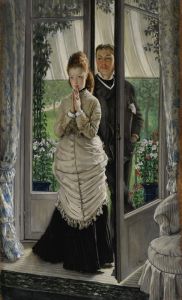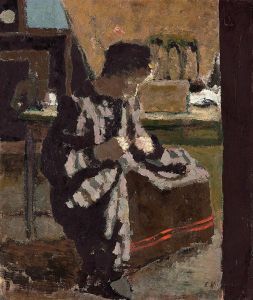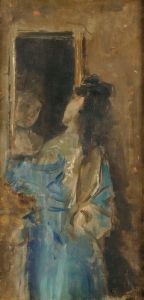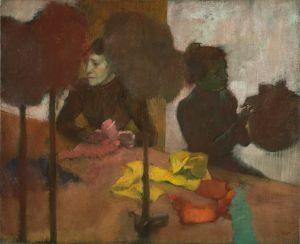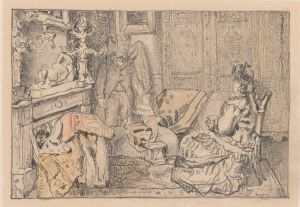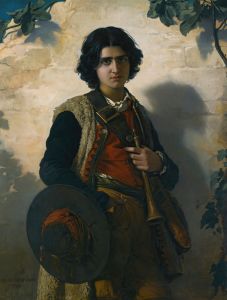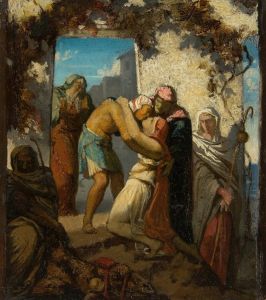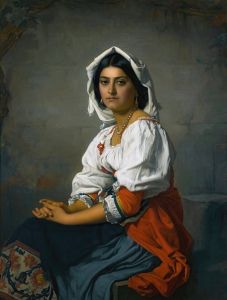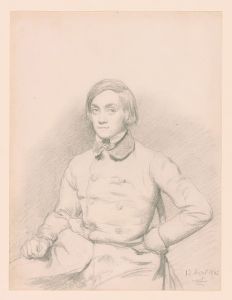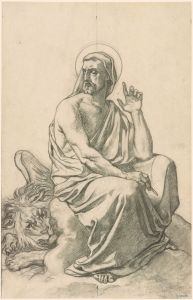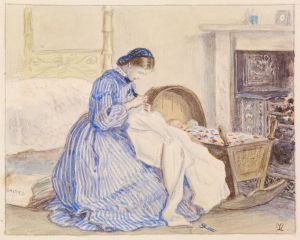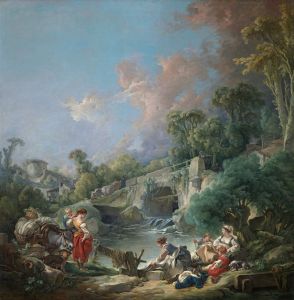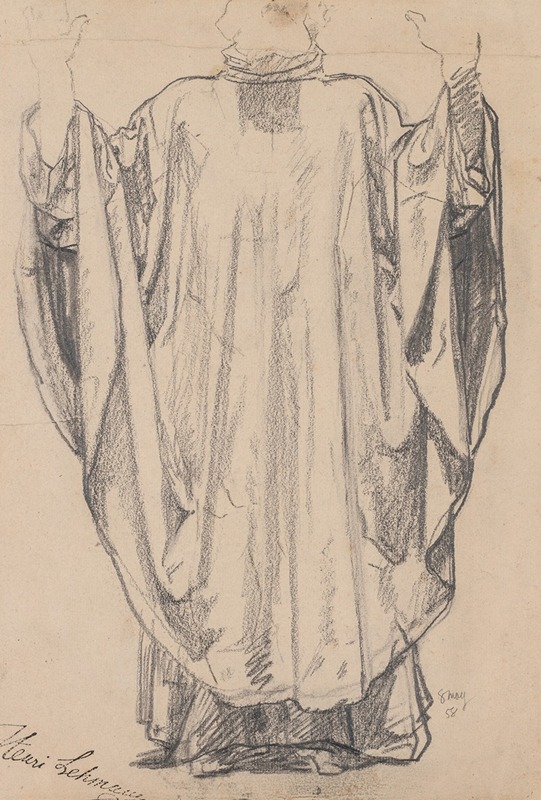
Costume Study
A hand-painted replica of Henri Lehmann’s masterpiece Costume Study, meticulously crafted by professional artists to capture the true essence of the original. Each piece is created with museum-quality canvas and rare mineral pigments, carefully painted by experienced artists with delicate brushstrokes and rich, layered colors to perfectly recreate the texture of the original artwork. Unlike machine-printed reproductions, this hand-painted version brings the painting to life, infused with the artist’s emotions and skill in every stroke. Whether for personal collection or home decoration, it instantly elevates the artistic atmosphere of any space.
Henri Lehmann's "Costume Study" is a work by the 19th-century French painter Henri Lehmann (1814–1882). Lehmann was a prominent artist of his time, known for his portraits, historical paintings, and contributions to academic art. Born in Kiel, Germany, he later moved to Paris, where he became a student of the renowned painter Jean-Auguste-Dominique Ingres. Lehmann's works often reflect the influence of Ingres, particularly in their precision, attention to detail, and classical composition.
"Costume Study" is a drawing or painting that exemplifies Lehmann's skill in capturing the intricacies of clothing and fabric. Such studies were common among academic artists, as they allowed painters to explore the textures, patterns, and folds of garments in preparation for larger compositions or as standalone works. These studies often served as a way to refine an artist's understanding of how light interacts with different materials, as well as to document historical or theatrical costumes.
While specific details about "Costume Study" are limited, it is likely that the work was created as part of Lehmann's broader artistic practice, which included meticulous preparatory studies for his larger paintings. Lehmann's oeuvre includes numerous portraits and historical scenes, many of which required detailed depictions of period clothing. His ability to render fabric with precision and elegance is evident in his other works, suggesting that "Costume Study" would have been an exercise in mastering these techniques.
Lehmann's career was marked by significant recognition, including his appointment as a professor at the École des Beaux-Arts in Paris. He also received commissions for public and private works, further establishing his reputation as a leading figure in the academic art tradition. His dedication to the study of form, detail, and composition is reflected in works like "Costume Study," which would have contributed to his mastery of the visual language of his time.
As with many studies by artists of this period, "Costume Study" likely holds value not only as an artwork but also as a document of artistic process and historical costume. However, without more specific information about the piece, its exact context and purpose remain unclear.





